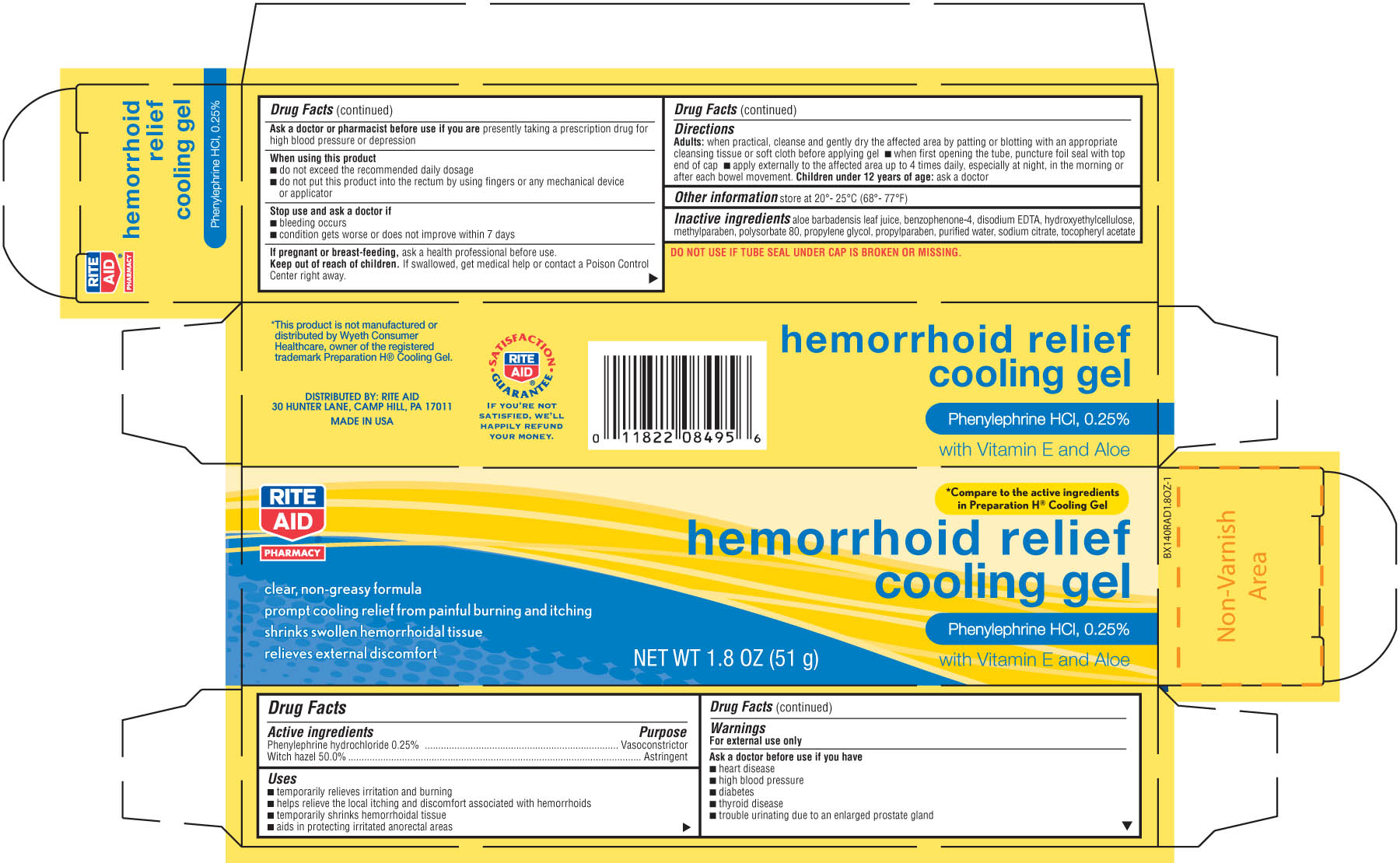Riteaid Hemorrhoidal Cooling | Witch Hazel, Phenylephrine Hydrochloride Gel while Breastfeeding

What is Riteaid Hemorrhoidal Cooling | Witch Hazel, Phenylephrine Hydrochloride Gel ?
Purpose: Use s - temporarily relieves irritation and burning - helps relieve the local itching and discomfort associated with hemorrhoids - temporarily shrinks hemorrhoidal tissue - aids in protecting irritated anorectal areas
Is using Riteaid Hemorrhoidal Cooling | Witch Hazel, Phenylephrine Hydrochloride Gel safe or dangerous while breastfeeding?

Riteaid Hemorrhoidal Cooling | Witch Hazel, Phenylephrine Hydrochloride Gel Breastfeeding Analsys
Witch hazel while Breastfeeding
SafeCAS Number: 68916-39-2
Leaves of the plant and sometimes bark also are used. It contains tannins, pro anthocyanidins and flavonic heterosides (quercitrin, isoquercitrin). Venous-tonic and anti-inflammatory properties have not been well established. The Commission E of the German Ministry of Health authorizes its use locally and by suppositories.
Phenylephrine hydrochloride while Breastfeeding
Low RiskCAS Number: 59-42-7
Used on topical decongestant solutions for nose drops at low concentration. 10% midriatic eye drops are available. Because low concentration is used on nose and ophtalmic drops a significant excretion into breast milk is unlikely. Low oral biodisponibility minimizes any risk of harmful effect in the infant. Authorized for nasal or ophtalmic use on children aged younger than 1 year. Although on latest update relevant data on breastfeeding was not found it is considered to be safe when minimal dose is used. Avoid excessive or long term use. A related drug Pseudoephedrine can inhibit milk production. It would be advisable to press on the lachrimal sac to minimize absorption.
Riteaid Hemorrhoidal Cooling | Witch Hazel, Phenylephrine Hydrochloride Gel Breastfeeding Analsys - 2
Phenylephrine hydrochloride while Breastfeeding
CAS Number: 59-42-7
The oral bioavailability of phenylephrine is only about 40%,[1] so the drug is unlikely to reach the infant in large amounts. However, intravenous or oral administration of phenylephrine might decrease milk production. Because no information is available on the use of oral phenylephrine during breastfeeding, an alternate drug may be preferred, especially while nursing a newborn or preterm infant.Phenylephrine nasal spray or ophthalmic drops are less likely to decrease lactation. To substantially diminish the effect of the drug after using eye drops, place pressure over the tear duct by the corner of the eye for 1 minute or more, then remove the excess solution with an absorbent tissue.
I already used Riteaid Hemorrhoidal Cooling | Witch Hazel, Phenylephrine Hydrochloride Gel and meanwhile I breastfed my baby should I be concerned?
During whole lactation period you shall first discuss with your doctor and then together you shall decide whether you shall take that drug or not however if you have already taken Riteaid Hemorrhoidal Cooling | Witch Hazel, Phenylephrine Hydrochloride Gel then you shall inform your doctor, But you should not be worried too much as Riteaid Hemorrhoidal Cooling | Witch Hazel, Phenylephrine Hydrochloride Gel comes in category of low risk drug.
My doctor has prescribed me Riteaid Hemorrhoidal Cooling | Witch Hazel, Phenylephrine Hydrochloride Gel, what should I do?
Though Riteaid Hemorrhoidal Cooling | Witch Hazel, Phenylephrine Hydrochloride Gel dose not comes in category of safe drugs rather it comes in category of low risk but if your doctor is aware that you are breastfeeding your baby and has still recommended it then its advantages must be outweighing the risks.
If I am using Riteaid Hemorrhoidal Cooling | Witch Hazel, Phenylephrine Hydrochloride Gel, will my baby need extra monitoring?
Not much
Who can I talk to if I have questions about usage of Riteaid Hemorrhoidal Cooling | Witch Hazel, Phenylephrine Hydrochloride Gel in breastfeeding?
US
National Womens Health and Breastfeeding Helpline: 800-994-9662 (TDD 888-220-5446) 9 a.m. and 6 p.m. ET, Monday through Friday
UK
National Breastfeeding Helpline: 0300-100-0212 9.30am to 9.30pm, daily
Association of Breastfeeding Mothers: 0300-330-5453
La Leche League: 0345-120-2918
The Breastfeeding Network supporter line in Bengali and Sylheti: 0300-456-2421
National Childbirth Trust (NCT): 0300-330-0700
Australia
National Breastfeeding Helpline: 1800-686-268 24 hours a day, 7 days a week
Canada
Telehealth Ontario for breastfeeding: 1-866-797-0000 24 hours a day, 7 days a week
